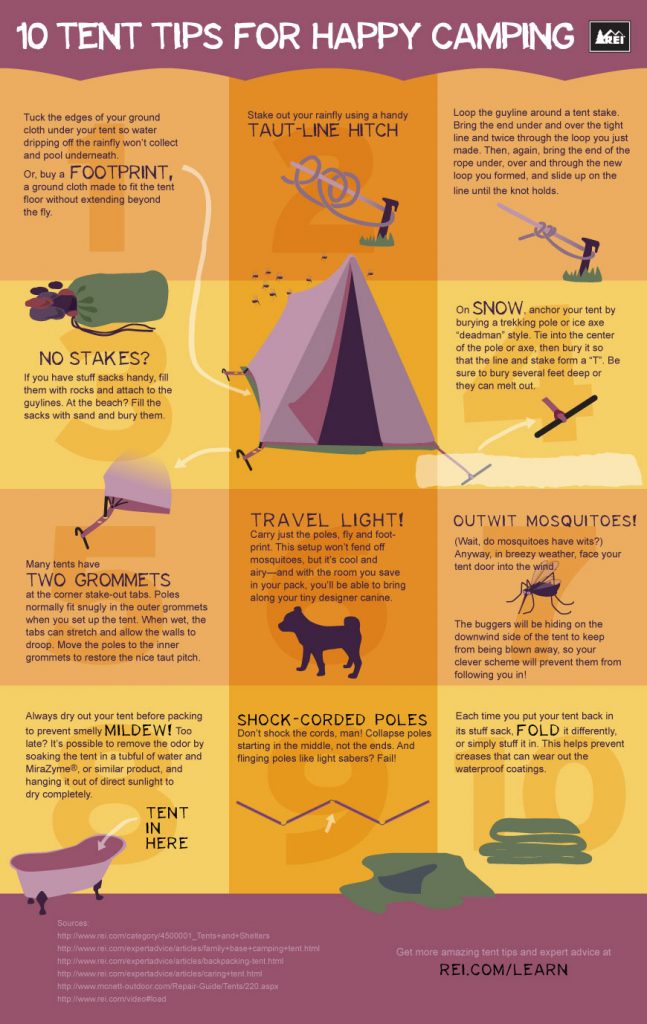Catching fantastic photographs of the evening sky needs careful planning. Checking the weather report for clear skies is vital, as is knowing what time the moon climbs and establishes.
Begin by adjusting your camera to hand-operated capturing mode. Take numerous examination shots with different ISO, aperture and shutter speed setups to see what functions best.
Camera
A standard DSLR video camera with a broad lens functions well for night-sky pictures, but any kind of cam with a big sensor and a hand-operated focus setup must work. The important part is that the electronic camera can be readied to shoot in RAW layout, which enables maximum adaptability when editing.
Relying on the preferred effect, you might want to take several exposures and after that combine them in post-processing. This can be valuable if you're shooting both a foreground object (like a lake, tree, car or a structure) and the evening skies and require to expose each at different settings.
You can likewise explore long-exposure shots that reveal celebrity routes. This can be achieved by centering your frame on the North Star and utilizing a shutter rate lasting for a number of mins. This develops amazing arcs and vortex-like circles of light around your subject. It can be time consuming, but the results are spectacular!
Lens
One of the most crucial consider evening skies digital photography is picking the appropriate lens. A high resolution, vast angle lens will certainly aid you record as many stars and the moon in your photograph as possible.
You will also need a tripod to prevent camera shake during lengthy direct exposures. It is additionally advised to fire in RAW setting, which will certainly provide you a lot more latitude in post-processing.
One more aspect is timing. It is best to plan for when teepee tents the Milky Way will rise or set depending on your location. There are several applications and internet sites to aid with this consisting of PhotoPills.
Lastly, it is great to have a fascinating foreground in your photo to add depth and contrast. Making use of intriguing rock developments, structures and even people can add a feeling of range to your picture and make it a lot more impactful. Your structure ought to also adhere to basic photo concepts, such as the policy of thirds and discovering leading lines.
Shutter Rate
The shutter is the part of your electronic camera that beings in front of the picture sensor and opens up and near tape an exposure. Its speed influences just how much light your photo receives-- the much faster it is, the much less light gets in.
A slower shutter speed permits extra light in, however also blurs any kind of motion that happens throughout the direct exposure, which works for capturing celebrity tracks and other results such as a lengthy exposure to develop an attractive evening sky.
With the appropriate devices, it's possible to generate pictures that are practically as bright as daytime and still have the ability to catch vivid information of the Milky Way and celebrities. For optimum clarity, attempt to get as far away from communities and cities as possible and examine web sites such as this one for cloud maps and dark skies.
ISO
Selecting an ISO setting is a vital step in evening sky photography. The greater the ISO value, the extra sensitive your camera will certainly be to light and the brighter your image will certainly be. However, if you go expensive, the noise in your photo will be too famous.
A good beginning point is to establish your video camera to a reduced ISO of 800, then take an examination shot. If this image is also dark, enhance the ISO one quit each time till you have an acceptable photo.
Foreground shots in night skies photos call for much longer direct exposure times than the stars, so you'll wish to use a tripod. To additionally stabilize your cam, use the remote shutter launch to stay clear of any type of drinking caused by pushing the button on your own. Additionally, keep in mind to maintain your lens in Manual Emphasis setting. This will aid you to maintain the exact same focal size throughout your shoot. The Guideline of Thirds is a crucial guideline for making up night sky images, helping to balance and link your images.
How can I make my tent look pretty?
